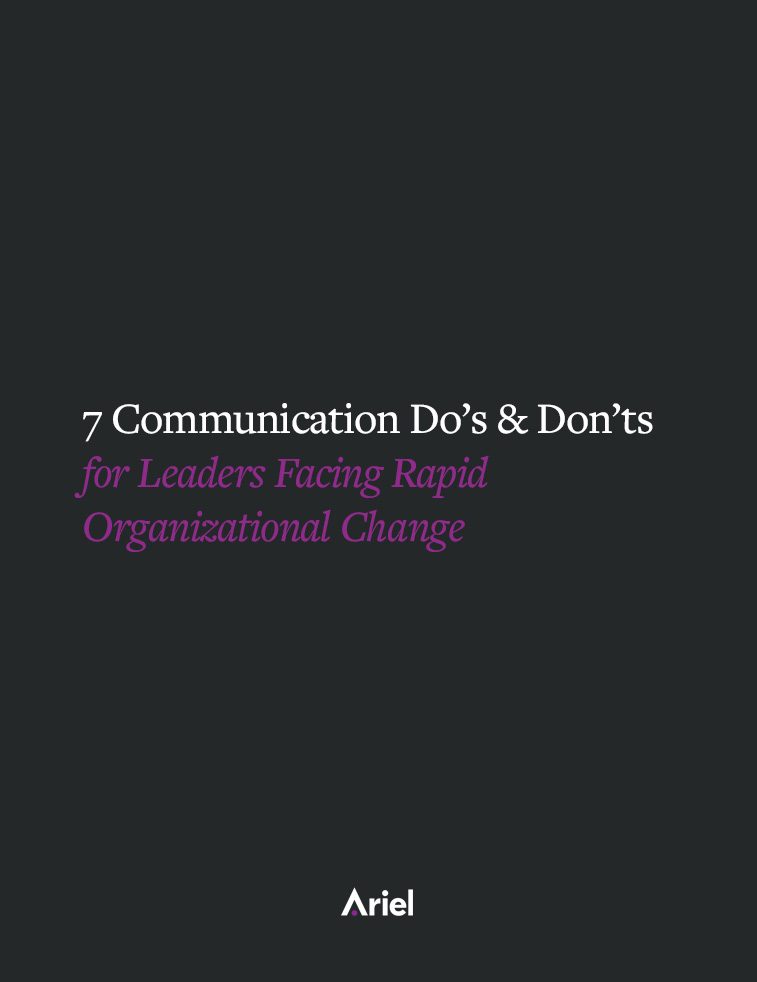How to Create a Culture of Diversity

Diversity is not about how we differ. Diversity is about embracing one another’s uniqueness
-Ola Joseph
Culture and diversity are fundamental factors that influence the success of any business globally. Without an inclusive, accepting, and culturally-sensitive environment, businesses will never reach its full potential. But how can we promote inclusivity and bridge communication gaps in a world where success is dependent on building connections?
The answer lies in developing presence and communication agility. By building relationships, fostering a culture of feedback, and finding ways to overcome cross-cultural barriers, you can enhance your communication skills and connect, motivate, and inspire action. In this blog, we will uncover ways managers and individuals can create and promote a culture of diversity.
Creating a culture of diversity
Our backgrounds and cultures impact how we work and communicate. Developing presence and communication agility can help you and your team bridge communication gaps.
- Presence includes the self-awareness, mindset, and skills you bring to communication, from your vocal energy to your ability to listen.
- Communication agility is the ability to communicate impactfully and appropriately and respond with confidence in any situation.
These skills create “true influence”—the ability to lead and communicate effectively and authentically. With influence, you can connect, motivate, and inspire action.
Here’s how you can develop these skills:
As an individual
- Build relationships by listening to what others say and looking for common ground. Storytelling is a great way to connect with others, bridge gaps, and get your point across.
- Work to create a culture of feedback. Make it known that you welcome thoughts and opinions other than your own, and be sure to share feedback with others.
- Seek ways to overcome cross-cultural barriers. Learn the proper business etiquette of other cultures, and work on strengthening your emotional intelligence.
As a team
- Use exercises like the DISC assessment to reveal how you like to interact with others, how you give and respond to feedback, and more.
- Consider a mentor program to connect individuals with their peers. This is particularly effective if you can pair individuals who work in different departments. This allows everyone to have an unbiased third party they can go to in a given situation.
Every member of an organization has the responsibility to help create a culture of diversity. Hiring managers should seek to find a diverse pool of job candidates. Team members should take pride in contributing to company culture that benefits all employees. Leaders should create a work environment where employee differences foster creativity and innovative thinking rather than tension or misunderstanding.
Ready to apply this in your organization? Get in touch today.
